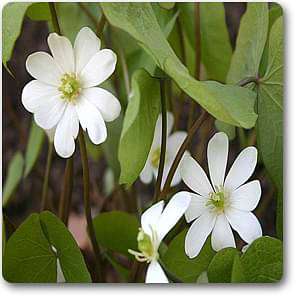
Jeffersonia diphylla - Plant
(MRP Inclusive of all taxes)
- Shipping ₹79 for entire order
- Dispatch in 7 days
- Country of origin: India

(MRP Inclusive of all taxes)
 Save 29%
Save 29%
Air Purifier Money Plant with Pot The Air Purifier Money Plant, also known as Pothos or Epipremnum aureum, is a stunning indoor plant that...
View full details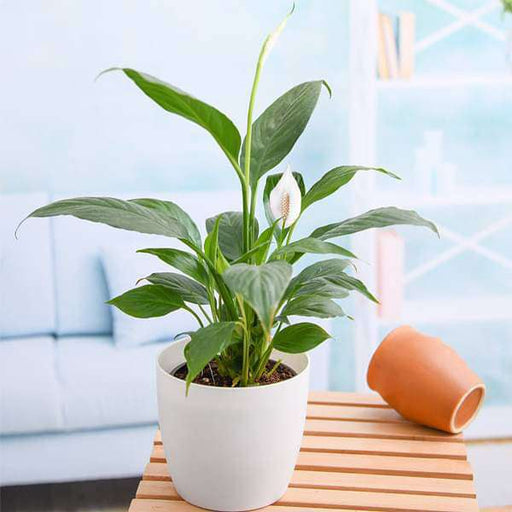
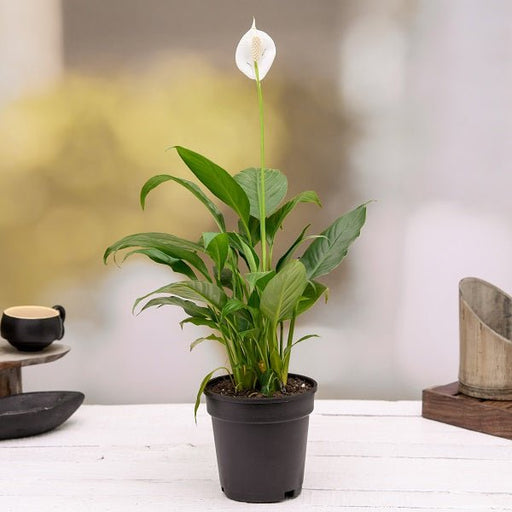 Save up to 15%
Save up to 15%
Peace Lily, Spathiphyllum - Plant The Peace Lily, scientifically known as Spathiphyllum, is a stunning houseplant celebrated for its elegant white...
View full details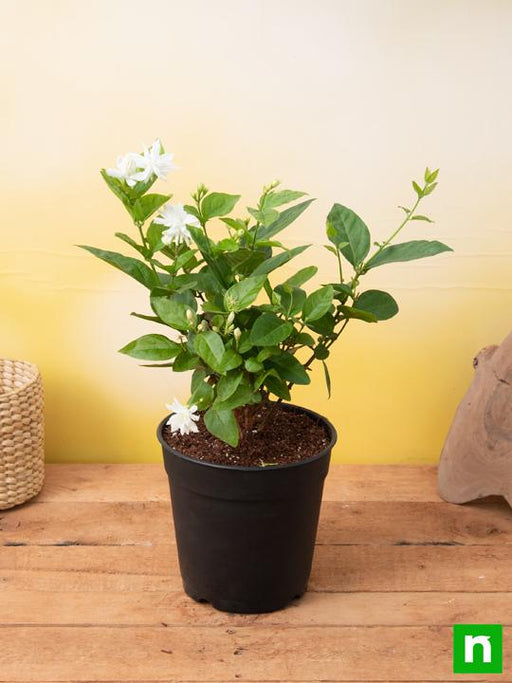
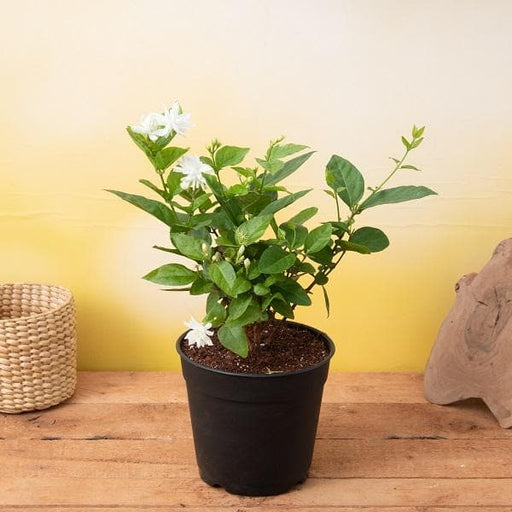 Save 25%
Save 25%
Jasminum sambac, Mogra, Arabian Jasmine - Plant Jasminum sambac, commonly known as Mogra or Arabian Jasmine, is a fragrant flowering plant...
View full details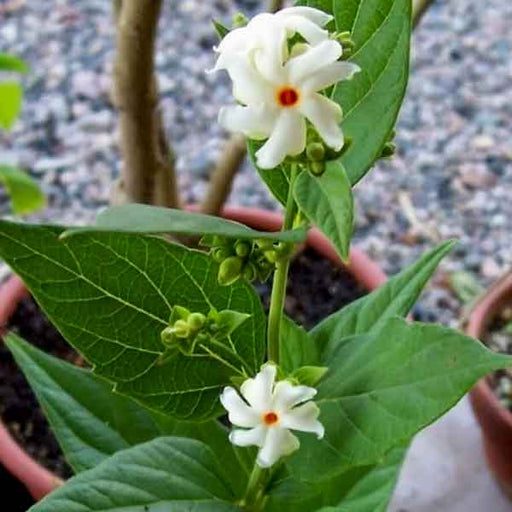
 Save 18%
Save 18%
Combo Constituents Includes the Parijat Tree (Night-Flowering Jasmine), a culturally significant plant with fragrant flowers. Description The Pari...
View full details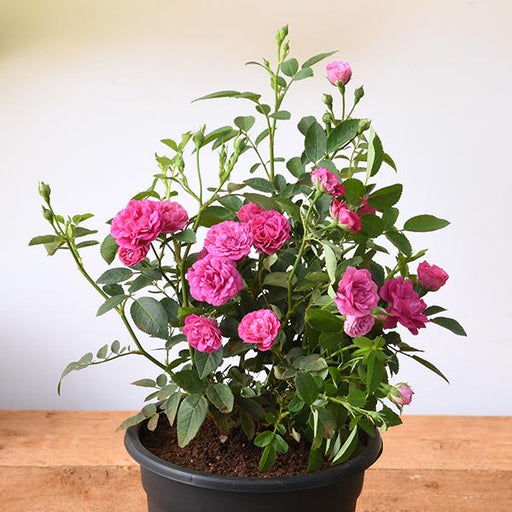
 Save 25%
Save 25%
Miniature Rose, Button Rose (Any Color) - Plant The Miniature Rose, also known as the Button Rose, is a charming and compact flowering plant that ...
View full details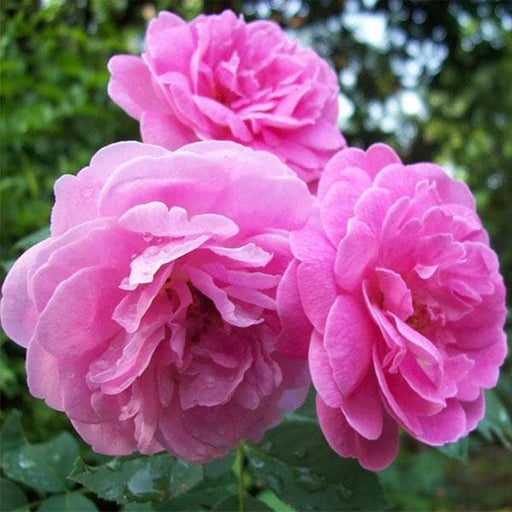 Save 25%
Save 25%
Damascus Rose, Scented Rose (Any Color) - Plant The Damascus Rose, also known as Rosa damascena, is a timeless symbol of beauty and romanc...
View full details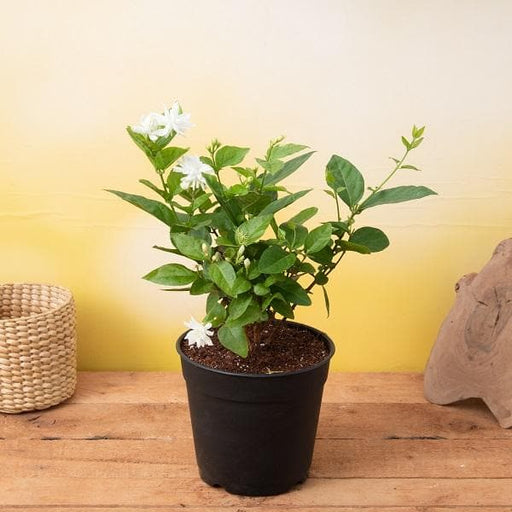
 Save 17%
Save 17%
Beautiful Fragrant Mogra, Arabian Jasmine Plant with Pot The Beautiful Fragrant Mogra, also known as Arabian Jasmine (Jasminum sambac), is...
View full details Save 15%
Save 15%
Pack of Vermicompost and Neem Cake for House Plants Transform your indoor garden with our premium Pack of Vermicompost and Neem Cake, spec...
View full details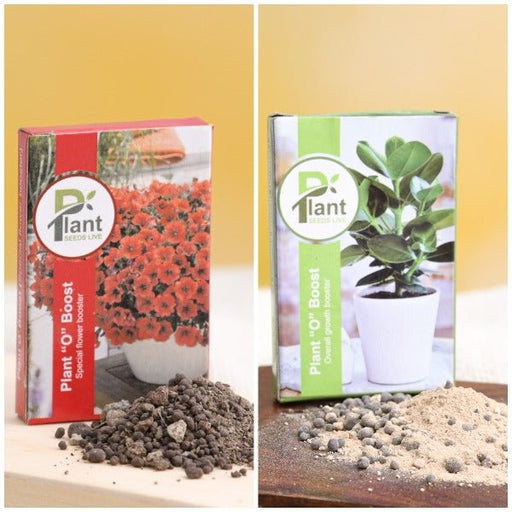
Pack of Plant Growth and Flower Boosters Unlock the full potential of your garden with our Pack of Plant Growth and Flower Boosters! This ...
View full details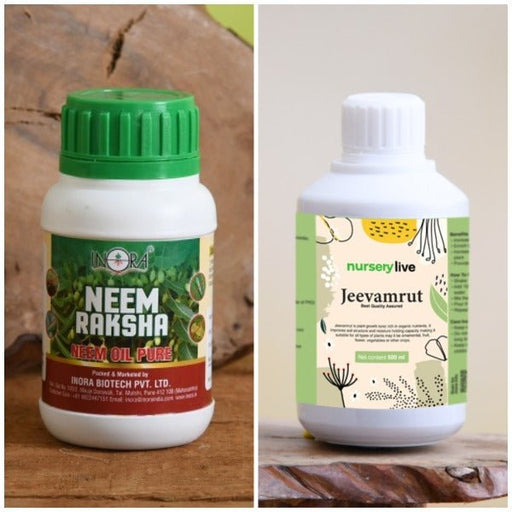 Save 38%
Save 38%
Combo of Jeevamrut and Neem Raksha for Easy Growth and Protection of Houseplants Transform your indoor garden with our exclusive combo of ...
View full details Save 22%
Save 22%
Plant Nutrients Kit (Pack of 16) for a Healthy Garden Transform your garden into a lush paradise with our Plant Nutrients Kit, featuring 1...
View full details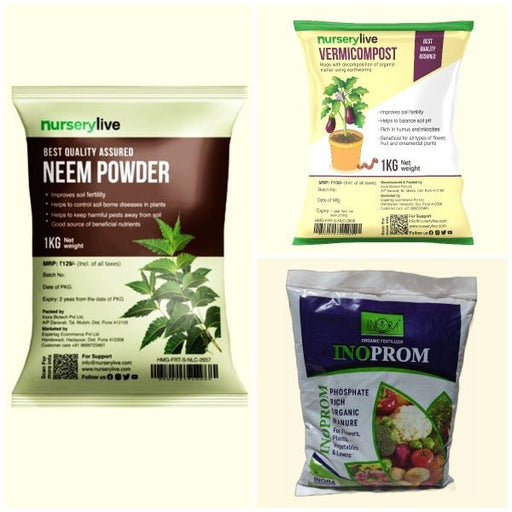 Save 16%
Save 16%
Combo of Top Plant Fertilizers Elevate your gardening game with our exclusive Combo of Top Plant Fertilizers, featuring two bags of premiu...
View full details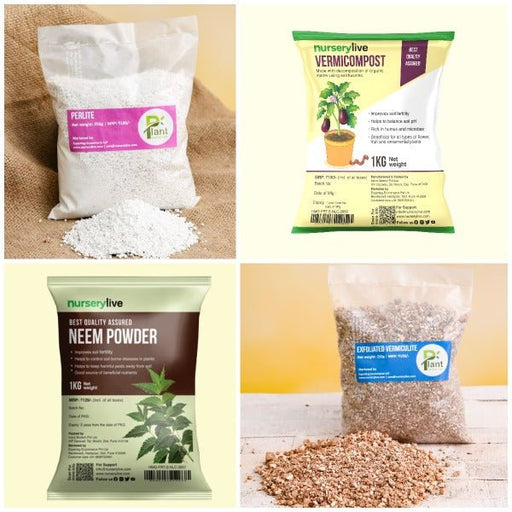 Save 24%
Save 24%
Pack of 4 Additives to Make Soil Healthy and Nutrient Rich Transform your garden into a thriving ecosystem with our Pack of 4 Additives de...
View full details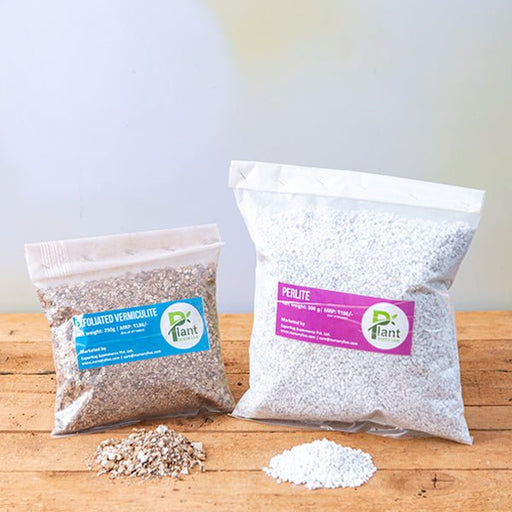 Save 30%
Save 30%
Transform your gardening experience with our premium Combo of Perlite and Vermiculite. This unique blend is designed to enhance soil aeration and ...
View full details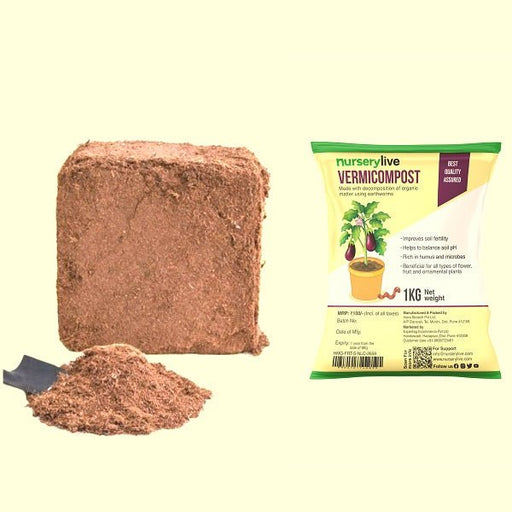 Save 27%
Save 27%
Combo of 2 Vermicompost and Cocopeat - Enrich Your Soil Naturally! Transform your garden into a thriving ecosystem with our Combo of 2 Ver...
View full details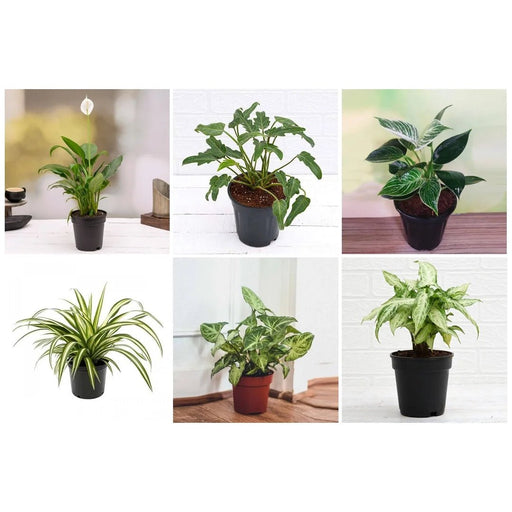
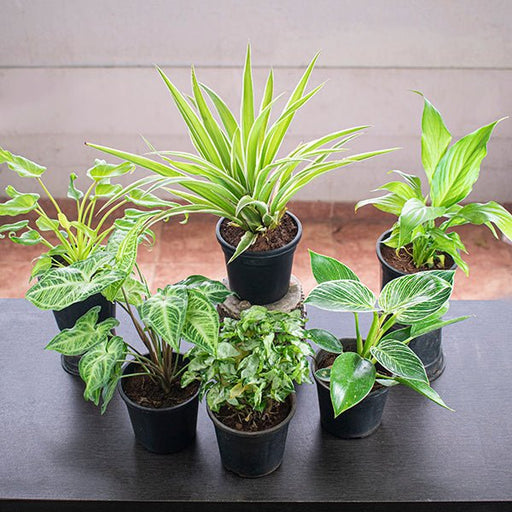 Save 35%
Save 35%
Best 6 Plants for Perfect Indoor Garden Transform your living space into a lush oasis with our curated collection of the Best 6 Plants for a...
View full details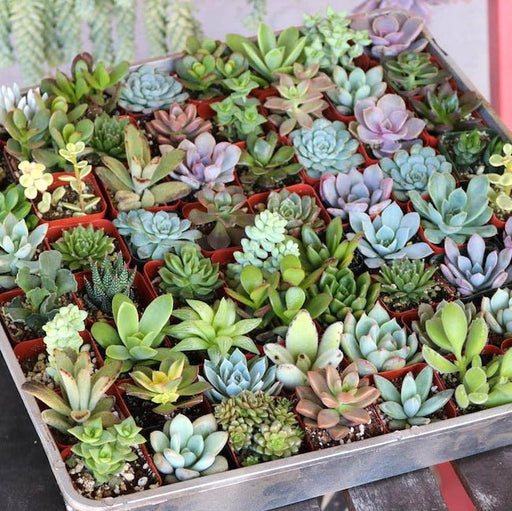
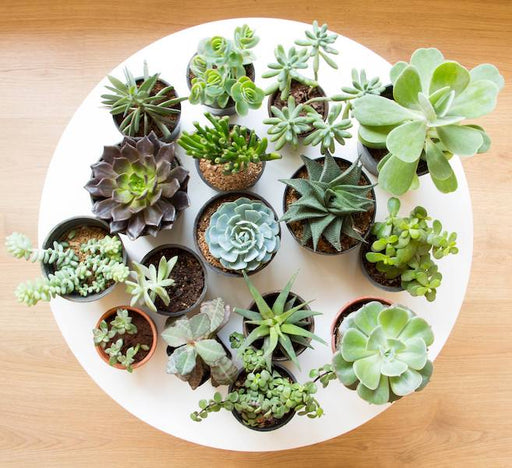 Save up to 50%
Save up to 50%
Mini Succulent Garden Pack Transform your space with our Mini Succulent Garden Pack, featuring a delightful collection of 4 any variety beautiful s...
View full details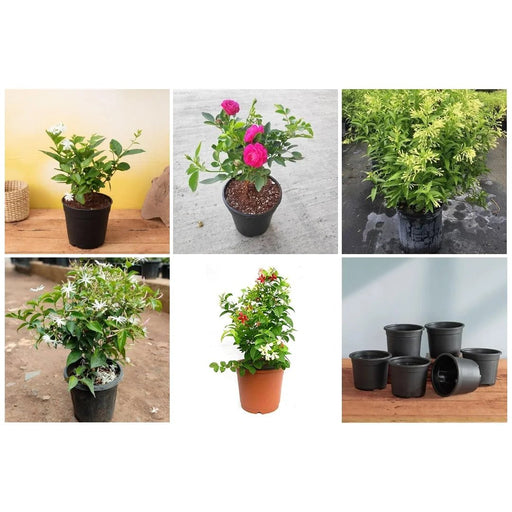
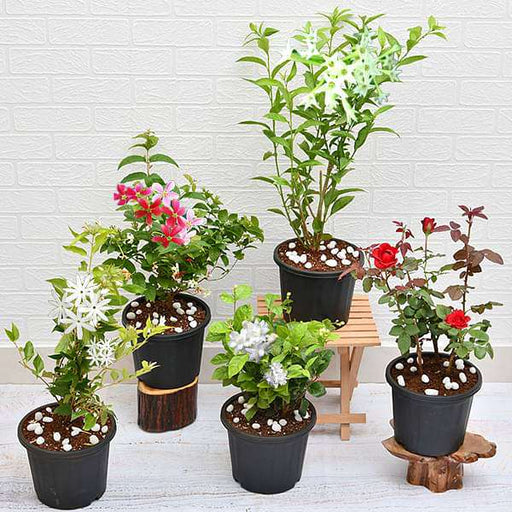 Save 30%
Save 30%
5 Best Fragrant Plants Transform your garden or indoor space into a fragrant paradise with our curated selection of the 5 Best Fragrant Plants. Th...
View full details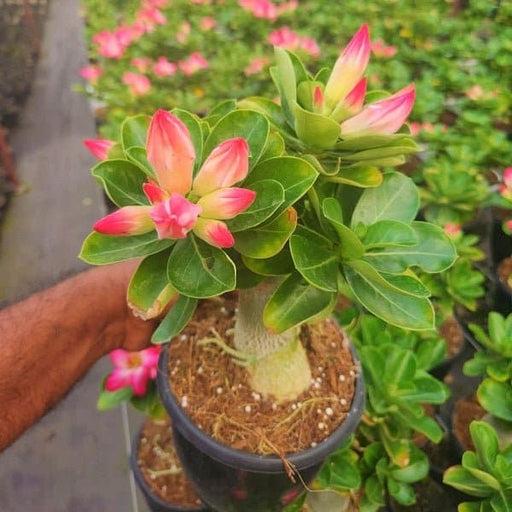
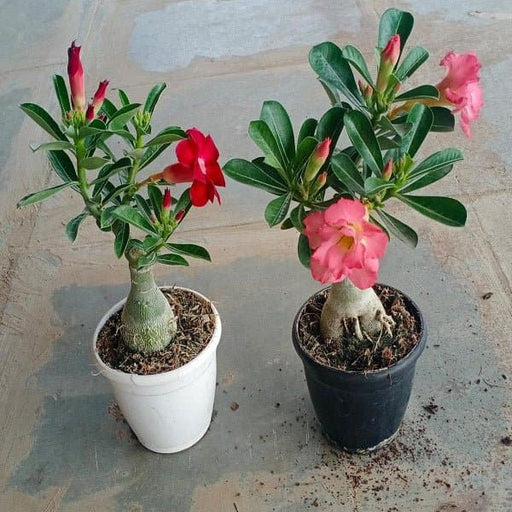 Save 24%
Save 24%
Set of 2 Bonsai Looking Grafted Adeniums Transform your indoor or outdoor space with our exquisite Set of 2 Bonsai Looking Grafted Adenium...
View full details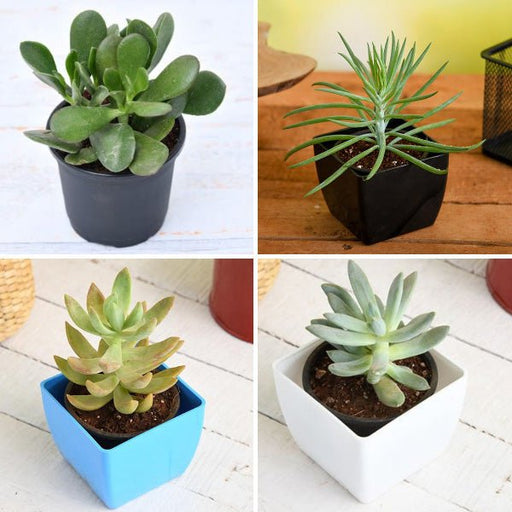 Save 45%
Save 45%
Top 4 Die Hard Succulents Pack Transform your indoor or outdoor space with our Top 4 Die Hard Succulents Pack, featuring a curated selecti...
View full details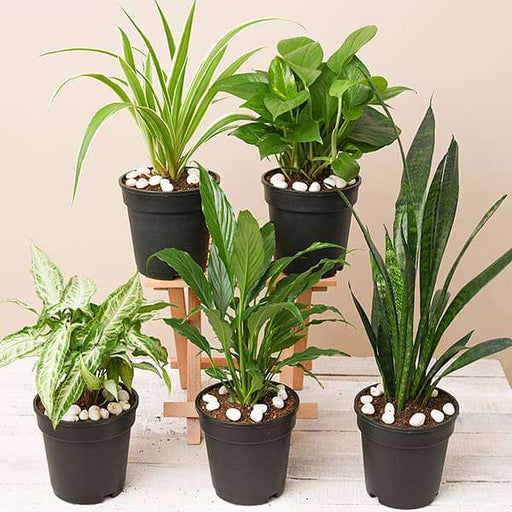
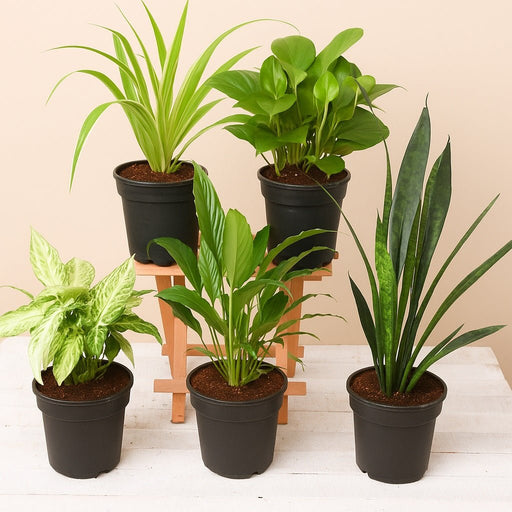 Save 30%
Save 30%
5 Best Indoor Plants Pack Transform your living space into a lush oasis with our '5 Best Indoor Plants Pack.' This carefully curated collection fe...
View full details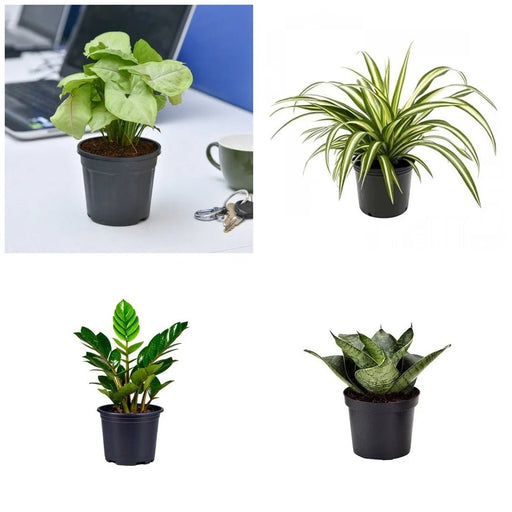
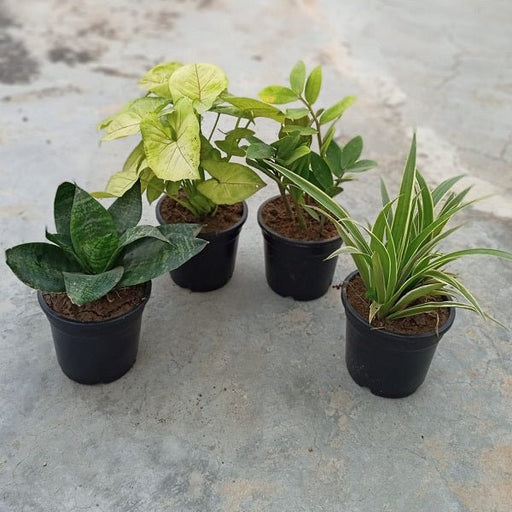 Save 25%
Save 25%
Set of 4 Evergreen Air Purifier Plant Pack Transform your indoor space into a lush, green oasis with our Set of 4 Evergreen Air Purifier Pla...
View full details| SrNo | Item Name |
|---|---|
| 1 | Jeffersonia diphylla - Plant |
Jeffersonia diphylla, commonly known as Twinleaf, is a perennial herb native to the rich woodlands of eastern North America. This enchanting plant features unique, deeply lobed leaves that resemble a pair of hands, giving it its name. In spring, it produces delicate white flowers that bloom in pairs, creating a stunning display against the lush green backdrop of its habitat. With its striking appearance and ecological significance, Twinleaf is a must-have for any woodland garden.
What makes Jeffersonia diphylla special is its rarity and historical significance. Named after Thomas Jefferson, this plant is not only a botanical treasure but also a symbol of American natural heritage. Its ability to thrive in shaded environments makes it an excellent choice for gardeners looking to enhance their woodland landscapes while supporting local biodiversity.
One of the most remarkable features of Twinleaf is its unique seed dispersal mechanism. The seeds are encased in a fleshy, berry-like structure that attracts ants, which help in spreading the seeds throughout the forest floor. This mutualistic relationship is vital for the plant's propagation and contributes to the health of its ecosystem.
If you think caring for Jeffersonia diphylla is like raising a teenager, think again! This plant thrives in shady spots, loves moist soil, and doesn’t require much fuss. Just like a good friend, it appreciates a little attention but won’t throw a tantrum if you forget to water it once in a while. Keep the weeds away, and it’ll reward you with its charming, delicate flowers.
Picture a plant that’s as laid-back as your favorite couch potato. Jeffersonia diphylla grows in a clumping fashion, spreading its leaves like a cozy blanket on the forest floor. It’s not one to reach for the stars; instead, it prefers to stay low and spread out, making it the perfect ground cover for shady areas.
When spring rolls around, Jeffersonia diphylla throws a floral party that’s hard to miss! Its white, star-like flowers bloom in April and May, making it the belle of the woodland ball. These blooms are like nature’s confetti, celebrating the end of winter and the arrival of warmer days.
If Jeffersonia diphylla had a Tinder profile, it would swipe right on rich, well-drained, and slightly acidic soil. This plant is a bit of a soil snob, preferring a mix that’s both nutrient-rich and moisture-retentive. So, if you want to win its heart, make sure to pamper it with the right soil conditions.
This plant is the introvert of the garden world, thriving in partial to full shade. It’s not one for the spotlight, preferring the dappled light of a forest canopy. If you try to force it into the sun, it might just sulk and refuse to bloom.
Want to multiply your Jeffersonia diphylla like rabbits? Propagation is as easy as pie! You can divide the rhizomes in early spring or fall, and voilà, you’ve got new plants ready to take over your shady garden. Just remember, sharing is caring, so don’t keep all the new plants to yourself!
Jeffersonia diphylla is the social butterfly of the plant world, getting along famously with ferns, hostas, and other shade-loving pals. These companions create a lush, green tapestry that’s as inviting as a cozy café. Together, they’ll make your garden the talk of the town!
Fear not, plant parents! Jeffersonia diphylla is like that friend who rarely gets sick. It’s generally pest-resistant and doesn’t have many disease issues. Just keep an eye out for slugs and snails, who might think your plant is a five-star buffet.
If you’re looking to add a touch of elegance to your garden, Jeffersonia diphylla is your go-to plant. It’s perfect for woodland gardens, shady borders, or as a charming ground cover. With its delicate flowers and lush foliage, it’s like the stylish accessory that completes your garden ensemble.
This plant is a wildlife magnet, attracting pollinators like bees and butterflies. It’s like throwing a garden party where the guests are nature’s best friends. By planting Jeffersonia diphylla, you’re not just beautifying your space; you’re also creating a haven for these essential creatures.
Jeffersonia diphylla is the cool kid on the block, thriving in USDA hardiness zones 3 to 7. It can handle a bit of chill, making it a great choice for northern gardeners. Just remember, it’s not a fan of extreme heat, so keep it in the shade during those scorching summer days.
This plant isn’t just a pretty face; it has a rich history! Named after Thomas Jefferson, it symbolizes the beauty of American flora. It’s like the plant equivalent of a historical figure, adding a touch of class and culture to your garden while reminding us of our natural heritage.
Jeffersonia diphylla, also known as twinleaf, is a charming perennial plant native to North America. With its unique, lobed leaves and delicate white flowers, it’s like nature’s own origami masterpiece. This woodland gem thrives in shady spots, making it a perfect addition to your garden’s secret hideaway.
Jeffersonia diphylla prefers the cool, shady embrace of deciduous forests. It’s like that introverted friend who thrives in low-light settings. Found primarily in the eastern United States, this plant loves rich, moist soil, so make sure to give it a cozy spot in your garden where it can flourish.
Caring for Jeffersonia diphylla is as easy as pie—if pie were made of rich, well-drained soil and partial shade! Keep the soil moist but not soggy, and watch out for pesky weeds. A little mulch can help retain moisture and keep those weeds at bay, allowing your twinleaf to shine.
Jeffersonia diphylla puts on its floral show in spring, typically from April to May. It’s like the plant version of a spring fashion show, showcasing its stunning white flowers that resemble delicate stars. Just be sure to catch the show early, as these beauties don’t stick around for long!
Yes, Jeffersonia diphylla is generally deer-resistant! It’s like the plant equivalent of wearing a “Do Not Disturb” sign. While no plant is completely safe from hungry herbivores, its slightly bitter taste tends to keep deer at bay, allowing your garden to flourish without uninvited guests munching on the scenery.
While Jeffersonia diphylla prefers the ground, it can be grown in pots if you provide the right conditions. Think of it as a plant that enjoys a cozy apartment rather than a sprawling estate. Just ensure the pot has good drainage and keep it in a shady spot to keep your twinleaf happy.
Jeffersonia diphylla thrives in rich, well-drained soil that’s slightly acidic to neutral. It’s like a plant with a refined palate, preferring a gourmet mix of organic matter. Adding compost can enhance its dining experience, ensuring your twinleaf gets the nutrients it craves for optimal growth and blooming.
Jeffersonia diphylla typically reaches heights of 8 to 12 inches, making it a petite powerhouse in the garden. It’s like the little sibling who packs a punch! Despite its small stature, its unique foliage and flowers make a big impact, adding charm to any shady nook.
Nope, Jeffersonia diphylla is not invasive! It’s the well-mannered guest at the garden party, content to stay in its designated area. This native plant tends to spread slowly, allowing it to coexist peacefully with other flora without taking over the neighborhood. A true team player in the plant world!
Propagating Jeffersonia diphylla can be done through seeds or division. If you’re feeling adventurous, collect seeds after flowering and sow them in the fall. Alternatively, you can divide established clumps in early spring. Just remember, patience is key—this plant likes to take its time to settle in!
Jeffersonia diphylla is relatively pest-resistant, but watch out for slugs and snails—they can be sneaky little munchers! It’s like having a few uninvited guests at your garden party. A sprinkle of diatomaceous earth or a few beer traps can help keep these slimy intruders in check, ensuring your twinleaf stays pristine.
Jeffersonia diphylla prefers consistent moisture and isn’t a fan of drought conditions. Think of it as a plant that enjoys a spa day rather than a desert retreat. While it can survive short dry spells, prolonged drought will leave it looking a bit wilted. Keep the soil moist for a happy, thriving twinleaf!